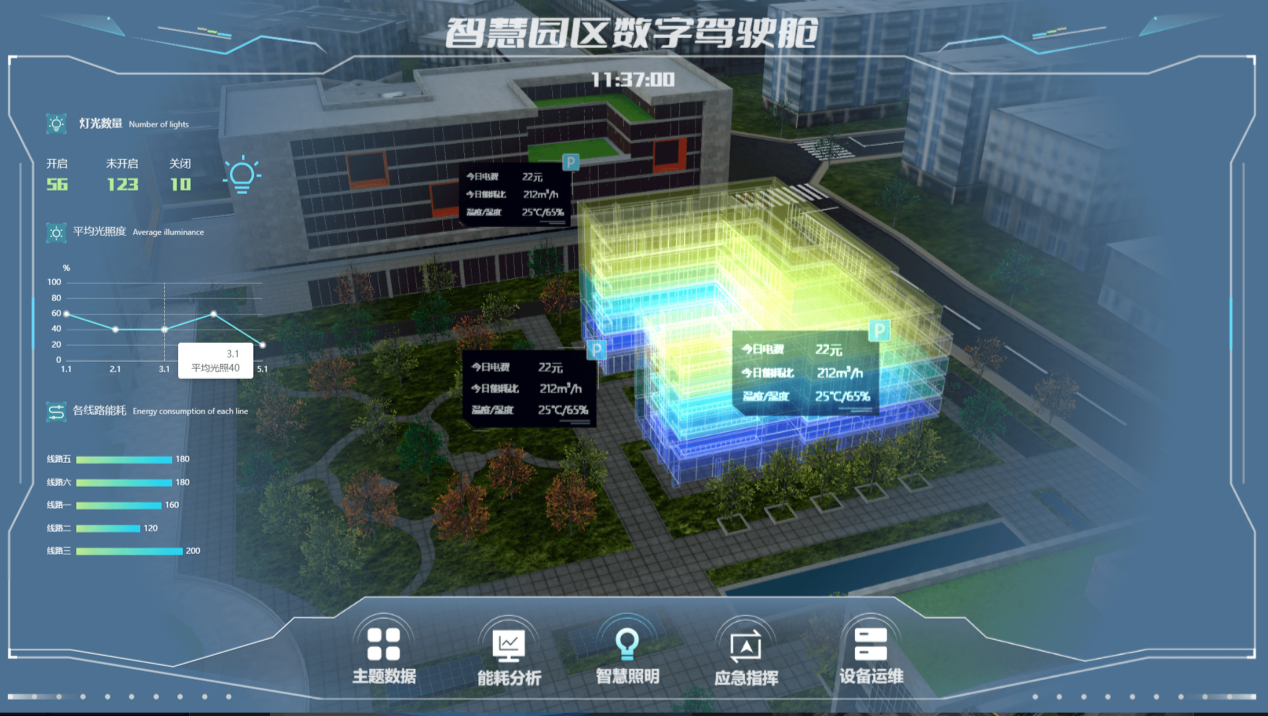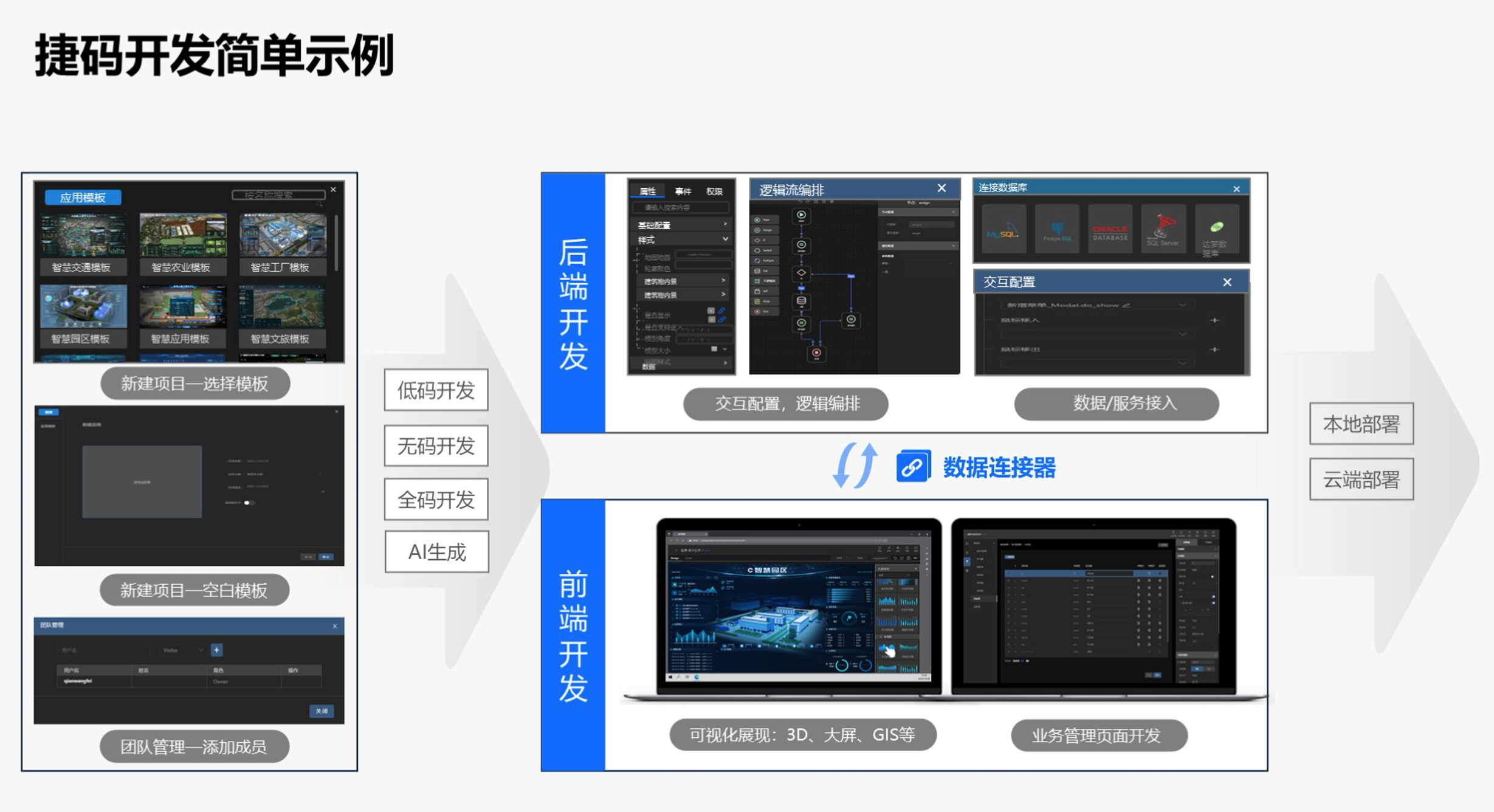Digital twin technology is becoming more and more common. According to iResearch's 2023 survey, the digital twin market in China will be 10.4 billion in 2022, a year-on-year increase of 35.0%. With the advancement of digital transformation in various industries, the domestic future digital twin market will continue to grow, and it is estimated that the domestic market will reach 37.5 billion yuan in 2023.
Digital twin refers to the mirror mapping of entities into digital space to generate a "digital clone". The "digital clone" of the digital space can be bidirectionally linked with the entities in the physical world through the data of the Internet of Things, reflecting the whole life cycle process of the physical entities.
For example, in order to check the working conditions of a probe launched on the moon, scientists build a "digital clone" of the probe in virtual space. This "digital clone" is exactly the same as the real entity from appearance to main performance, and can adjust its state according to actual data. Scientists can monitor the work of the detector at any time based on the "digital clone" and eliminate risks in time.
There are many application scenarios of digital twin technology. With the acceleration of the development of digital economy, digital twin has played an important role in more and more fields. This article mainly introduces the application of digital twin in urban management and smart industry.
1. City management
1.1 Urban traffic
The digital transformation of the transportation industry has been developed for many years, and the efficiency of transportation operations has been significantly improved, but there are still many "pain points". For example, the current traffic intersection still lacks an automatic decision-making system for traffic planning and emergency command, and it still relies on manual management when encountering related events, which is very inefficient. Digital twins can help upgrade urban traffic management! Through the ability of "dynamic control + accurate prediction + 3D real-time simulation", digital twin technology can restore the current intersection situation in real time, assist managers to make quick decisions in the event of congestion or accidents, and improve the efficiency of intersection traffic.

Overlook Magma Smart Transportation Application
1.2 Park Management
Digital twins can empower smart park managers to better complete park operations, security, and business management, further reduce costs and increase efficiency, and improve the working and living experience of park employees. For example, the digital twin visualization system can monitor and manage various measures in the park in real time, including water, electricity, gas, network and other infrastructure, improve the utilization and efficiency of facilities, and reduce energy waste and resource consumption.

Overlooking Magma Digital Twin Visualization—Smart Park
1.3 Smart Emergency Response
Digital twin technology has great application potential in the field of urban emergency response. By analyzing and monitoring real-time information data, it is possible to respond to various emergencies in a timely manner. Digital twins can be applied to scenarios such as urban emergency drills, decision support, and disaster early warning, which can improve the efficiency of urban rescue and reduce losses.
2. Smart industry
2.1 Discrete industry
Discrete industry is an industry in which different systems are assembled into new systems, and no material change occurs during the production process. At present, the discrete industry mainly faces problems such as the inability to comprehensively monitor the manufacturing process and the low efficiency of equipment operation and maintenance monitoring. Digital twin technology can control the entire life cycle of products, and complete fine design, intelligent debugging and manufacturing, and intelligent maintenance.

Overlooking Magma Smart Twin Visualization—Smart Factory
2.2 Process industry
Process industry refers to industries that closely cooperate between processes and involve a large number of complex physical and chemical reactions in the production process, such as energy, chemical industry, pharmaceuticals, etc. For process engineering, there are problems such as low resource utilization efficiency, high production cost, and environmental pollution. Digital twin technology can combine the data under different ingredients with the actual perception data of the production site, simulate the coupling relationship of various variables, and complete the collaborative optimization of material ratios, thereby improving product quality and reducing resource waste.
As the development of the domestic digital economy enters the fast lane, digital twin technology is also developing rapidly. At present, digital twin has become one of the hot technologies in various fields such as medical care, industry, and energy. In the future, more industries will be deeply integrated with digital twin technology. Under the wave of national digital transformation, enterprises must keep pace with the times if they want to seize the opportunity. Therefore, having a rapid development tool, such as the Magma low-code development platform, is extremely important for enterprises.
Magma low-code platform is a rapid development tool. Its built-in 3D components and GIS components can help developers to develop quickly. Developers only need to "drag and drop" 3D components and configure attribute data to easily build digital twin visualization applications. Magma's rich smart industry application templates support developers to directly modify the templates, which not only shortens the development cycle, but also ensures the development quality, thereby ensuring the on-line delivery of the project as scheduled.
